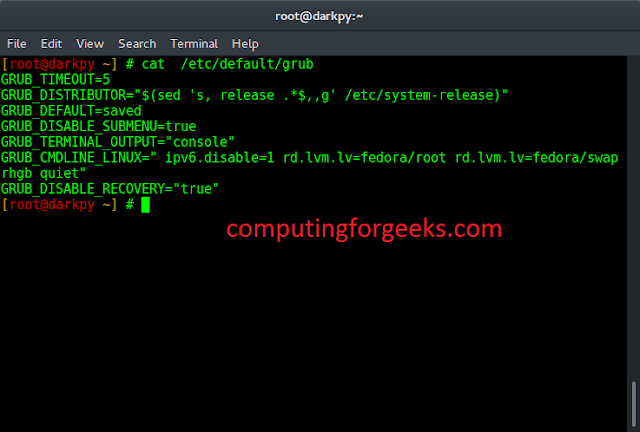Almost everything in Python is an object, similarly function is an object too and all the function objects have a __closure__ attribute. __closure__ is a dunder/magic function i.e. methods having two underscores as prefix and suffix in the method name
A closure is a function object that remembers values in enclosing scopes even if they are not present in memory. The __closure__ attribute of a closure function returns a tuple of cell objects. This cell object also has an attribute called cell_contents, which returns the contents of the cell.
Syntax:
closure_function.__closure__
Example:
Python
# this is a nested functiondef gfg(raise_power_to): def power(number): return number ** raise_power_to return powerraise_power_to_3 = gfg(3)print(raise_power_to_3.__closure__)print(raise_power_to_3.__closure__[0].cell_contents) |
Output:
(<cell at 0x7f34ba2725e0: int object at 0x7f34bde02720>,)
3
In the above example, the nested function power has __closure__ attribute associated with it and it returns a tuple of cell objects. The cell_contents attribute returns the value 3 as it was closed inside the cell object.




